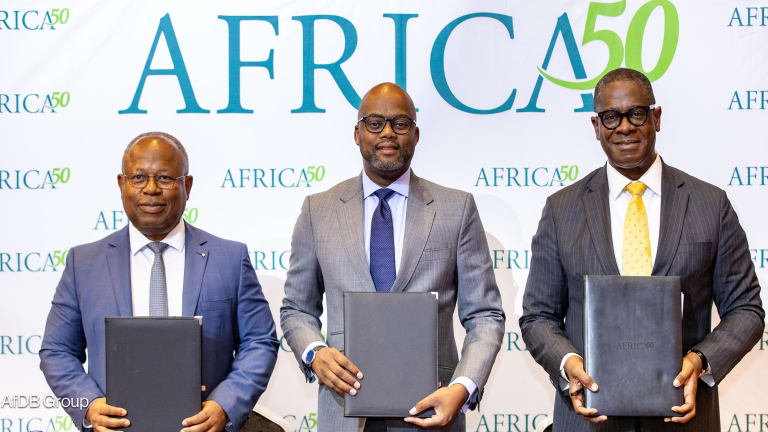Pension funds, with their long-term goals and vast pools of domestic savings, present a strategic, yet underused resource for investment in Africa’s infrastructure.
The continent is at a critical juncture in addressing its substantial infrastructure financing gap. With annual investment needs estimated at approximately $170 billion by the African Development Bank, significant shortfalls persist despite international and governmental support.
Recent global shocks — including rising tariffs and tighter capital markets — are compounding the challenge. African import-export faces new trade barriers. Borrowing costs are rising. And key development finance partners, such as the U.S. Agency for International Development, are retreating. These shifts make infrastructure more expensive to finance — at a time when the need has never been clearer.








